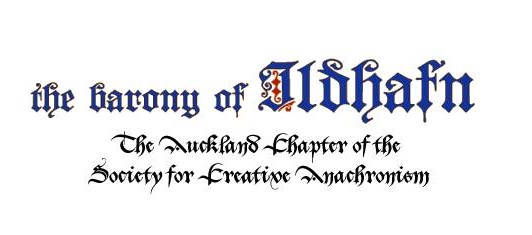Date:
Late 16th century (c. 1580–1590)
Description:
“Célébrons sans cesse de Dieu les bontés” (Let us ceaselessly celebrate the goodness of God) is a French sacred chanson or psalm setting by Orlando di Lasso (also known as Orlande de Lassus), one of the most prolific and influential composers of the Renaissance. This piece is a joyful expression of praise in the French language, blending the reverent tone of a psalm with Lasso’s signature expressive harmonies and elegant polyphonic style.
Discussion:
Though Lasso wrote in many languages and genres, his French chansons and sacred pieces demonstrate a masterful blend of clear text setting and emotional depth. This piece, while reverent, is lively and celebratory in mood. It may have been intended for domestic devotion, Protestant worship, or courtly spiritual use. The texture alternates between homophony and imitative polyphony, making it engaging for both singers and listeners.
Composer:
Orlando di Lasso (c. 1532–1594)
Arranged by:
Original by Lasso; modern editions by early music editors for SATB or SSAATTBB
Sheet Music:
Available via CPDL, IMSLP, and early music publishers (e.g., Choral Public Domain Library or editions of Lasso’s chansons spirituelles)
The arrangement we use is available here as a pdf, or musescore file.
Parts:
SATB or SSAATB (depending on edition)
Type:
Sacred Chanson / Spiritual Song (French-language Psalm setting)
Language:
French
Ranges:
(SATB version example)
- Soprano: C4 – G5
- Alto: A3 – D5
- Tenor: C3 – A4
- Bass: F2 – D4
Advice for beginners:
Intermediate difficulty due to Renaissance counterpoint and French pronunciation, but accessible with rehearsal. Focus on clean entrances, phrasing, and maintaining clarity through the imitative sections. Blend is key—this piece shines when sung with sensitivity to text and harmony. Ideal for small vocal ensembles or chamber choirs exploring sacred Renaissance repertoire in vernacular languages.zed versions by Goudimel, with voice or instrumental consort.
Sound Files:
Here are some sound files for reference. Single line – high, single line – low, round
